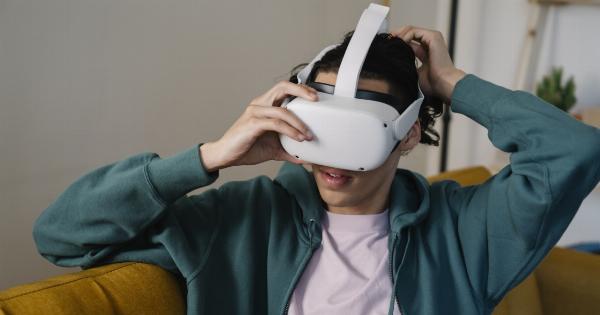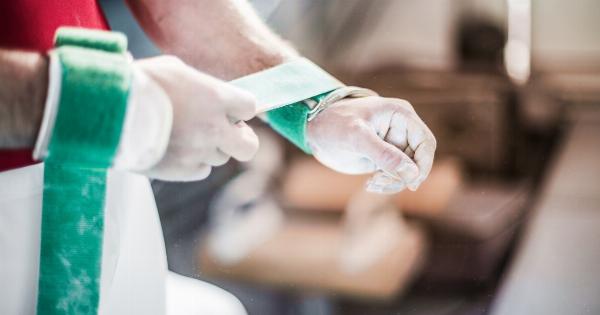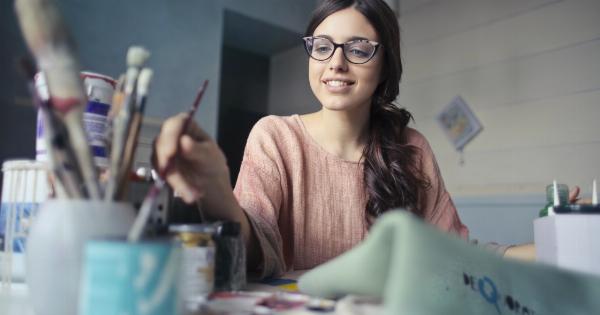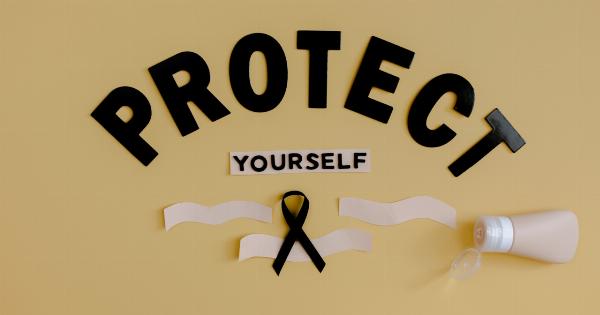A coloring test of video footage is a process used by film editors to adjust the color of a video to their liking. It includes identifying the color shortcomings of the footage and enhancing them to make them more appealing to the audience’s eye.
Why should you do Coloring Test of Video Footage?
The main reason for doing a coloring test of video footage is to improve the visual quality of the video. However, there are a lot of other reasons why it’s important to do a coloring test of video footage, and some of these reasons include:.
- Enhancing the mood and tone of the video;
- Highlighting important features of the footage;
- Creating a sense of consistency throughout the video;
- Correcting exposure problems;
- Adjusting white balance and saturation levels;
- Removing unwanted elements from the footage, such as camera noise;
- Bringing out the subject’s personality;
- Creating depth and contrast in the video.
The Process of Coloring Test of Video Footage
The process of coloring test of video footage is a detailed and creative process. It needs a great attention to detail and requires technical and artistic knowledge to achieve the desired outcome. Here are the steps to follow for the coloring process:.
Step 1: Capture the Reference Film
The first step in the coloring test of video footage is to capture a reference film. This reference film is used as a baseline to match the colors of the edited footage.
When capturing the reference film, it’s important to capture it in the same lighting conditions as the edited footage to achieve an accurate comparison.
Step 2: Color Grade the Reference Film
After the footage has been captured, it’s time to color grade the reference film. This involves color correction, adjusting exposure, and other settings to get the desired look.
Once the reference film is graded, it’s used as a guide for the coloring process of the edited footage.
Step 3: Identify the Problems
The next step is to identify the problems in the edited footage that need to be corrected. This may include issues such as poor exposure, wrong color temperature, or camera noise.
It’s important to keep the reference film in mind when identifying the problems to ensure consistency with the final output.
Step 4: Correct the Problems
Once the problems have been identified, it’s time to correct them. This may involve adjusting the saturation levels, white balance, or other settings. The idea is to ensure that the edited footage matches the reference film as closely as possible.
Step 5: Add Final Touches
Once the problems have been corrected, it’s time to add the final touches. This may include color grading, adding a cinematic look, or other effects to enhance the video’s appeal.
This step involves creativity, and it’s important to stay true to the video’s mood and to keep the reference film in mind.
Benefits of a Coloring Test of Video Footage
A coloring test of video footage has numerous benefits when done correctly and accurately. These benefits include:.
- Enhanced visual appeal;
- More vibrant colors;
- Professional look and feel;
- Improved exposure balance;
- Consistent visual style;
- Distinctive video presentation;
- High-end cinematic quality;
- Improved video editing skills.
Conclusion
In conclusion, a coloring test of video footage is an essential process in the film editing and post-production process.
It’s essential to ensure consistency, color accuracy, and enhance the visual appeal of the footage to attract the audience’s attention. It’s a crucial requirement to capture the viewers’ emotions and create an immersive viewing experience.































